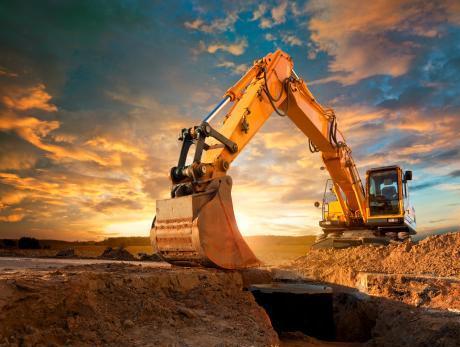Tuesday, February 12, 2013
Important Tips for Excavator Safety
Whenever heavy machinery is being used, appropriate safety measures should be taken to ensure people and property do not get hurt or damaged. The machine operator is the most important safety feature in any piece of equipment since it is really dangerous when not operated properly. Therefore, the operator needs to be adequately trained in safety procedures and in operating the machine in order to prevent injury and damage.
 Excavator safety requires knowing and understanding the functions of an excavator. And it starts with being aware of the position of the lip of the hole and being sure that the bucket does not dig very closely to the tracks. Hence, the excavator operator must avoid creating an undercut as this will increase the likelihood of a cave-in. Keep in mind also that overloading the bucket could cause the machine to tip over or become unstable. It is very important that the operator is aware of the load limits of the machine in order to ensure safety.
Excavator safety requires knowing and understanding the functions of an excavator. And it starts with being aware of the position of the lip of the hole and being sure that the bucket does not dig very closely to the tracks. Hence, the excavator operator must avoid creating an undercut as this will increase the likelihood of a cave-in. Keep in mind also that overloading the bucket could cause the machine to tip over or become unstable. It is very important that the operator is aware of the load limits of the machine in order to ensure safety.
Another way to ensure excavator safety is to make sure it has enough fuel before the operator begins to use it. The machine should be able to operate at all times, especially during an emergency wherein the operator needs to dump an unstable load. If the fuel of the excavator is on low level, it may shut down unexpectedly and create an unstable and dangerous situation. Another good step to ensure excavator safety is to conduct visual inspection for damage or other unsafe conditions of the machine prior to operation.
Another safety priority in operating an excavator is assessing if the ground is safe to drive. Avoid driving on unstable grounds. Also, the operator should avoid positioning the machine very closely to the edge of a ditch or hole. The excavator should not operate in an area where people are inside the ditch or hole and the operator should wait until all the other workers are clear. People working outside of the machine should also be aware of its function and avoid getting caught in the tracks, being contacted by the bucket, or being caught in a cave-in.